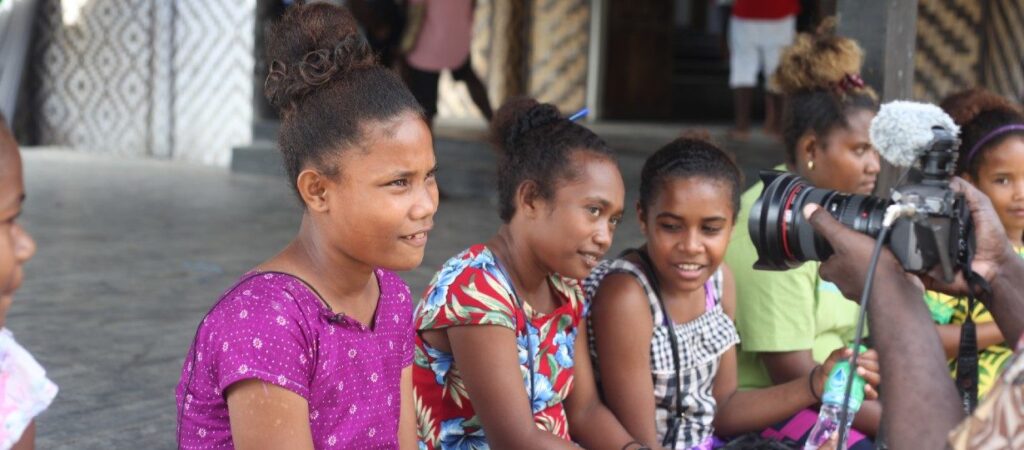Cyber Safety in Solomon Islands
Making online spaces safer for young people
In October 2020, Plan International Australia, ChildFund Australia and Western Sydney University, funded by the Australian Government, launched Online Safety in the Pacific, a report highlighting the challenges and opportunities children’s technology use presents in the Pacific. Now, almost 10 months on, children and young people in Solomon Islands have come together to share their solutions for a safer online environment at the first ever National Youth Forum for Cyber Safety.
Internet access is transformative. It equals opportunity — to learn, to grow and to connect. However, in places like the Pacific, where cable internet and mobile phone usage is a relatively recent development, the same technology that brings opportunity can also expose children and young people to new risks and harm.
Over the last decade, the Pacific has seen a rapid expansion of mobile phone technology and internet access, largely thanks to the new Coral Sea Cable System linking Australia, Solomon Islands and Papua New Guinea. Online safety is a particular concern in contexts like this, where internet users are not well versed in identifying online risks and protecting children from harm.
At this important juncture, it is critical that initiatives and programs addressing cyber safety and digital technology use understand the specific needs and wants of children and young people to ensure an appropriate balance between harnessing the opportunities and mitigating the risks and of digital technologies in the Pacific. And that’s where our research and the National Youth Forum on Cyber Safety comes in.
In October 2020, Plan International Australia, in collaboration with ChildFund Australia and Western Sydney University, launched Online Safety in the Pacific, a report looking at the challenges and opportunities children’s technology use presents in Solomon Islands, Kiribati and Papua New Guinea.
The research highlighted a critical gap in access to online safety and digital literacy programs, with children, young people and their families in Solomon Islands feeling under-equipped to reap the benefits of the digital age while also staying safe online.
Below are some of the key findings:
- In Solomon Islands, children identify cyberbullying and hacking on social media as their greatest online concerns.
- Overall, children are familiar with technical self-protective strategies, but only identified parents and carers as the primary support for their online safety.
- Access to digital technology remains a key challenge, with 50% of children reporting they do not own or have reliable access to a digital device.
- Children are excited to use digital technology to improve their English and access religious resources online such as bible apps.
- Dominant gender roles play into children’s framing of online risks, with the vast majority of child participants reporting that they believe girls are far more at risk of harm online than boys.
While many children and young people have a sense of the ways digital technology might contribute to a better world, there is significant scope to encourage them to think more expansively about future opportunities and how digital technology might be mobilised to connect and to participate safely and meaningfully.
In response to these findings and together with Plan International Solomon Islands, Plan International Australia and ChildFund Australia are currently delivering a two-year online safety project in Solomon Islands, designed to increase awareness around children and young people’s online experiences, and equip young people, their parents, and community with the knowledge and skills to promote youth-led and gender-responsive approaches to online safety.
Check out this link for the full report: https://www.plan.org.au
This article first featured under the Plan International website.
Link: https://www.plan.org.au/news/uncategorized/cyber-safety-in-solomon-islands/
